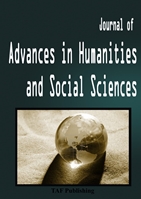
|
Published online: 2017
Abstract
This study aims to compare the strategy development of cultural villages that have different types of attractions, whether there is any characteristic difference of cultural village strategy in terms of attractions, accessibility, amenities, and ancillary aspect. Two cultural villages with different tourism attractions were used as a case study; those are Kamasan cultural village in Klungkung Regency with handicraft attractions and Pemuteran cultural village in Buleleng Regency with marine activities (adventurous tourism). The study was conducted qualitatively with the case study approach by comparing cases with very different types of attractions. The data was collected by in-depth interview, observation, and documentation with qualitative descriptive analysis technique (Miles and Huberman, 1994). Interviews were conducted with business actors and tourists by using the random sampling method. The interview was ended when data reached saturation. The finding revealed differences in the strategy development of cultural villages, particularly in the characteristic of amenities (i.e., homestay, hotel, inn, and villa). A Cultural village with handicraft attractions has very few accommodations because tourists usually visit for a short time and have a specific interest in arts and culture (purposeful type of cultural tourist). While the cultural village with marine activities has a large number of different types of accommodations. The majority of tourists spend more time to experience the adventure (sightseeing and casual cultural tourists) . |